‘We’re unable to achieve that dream’: Why Malaysia is losing its doctors
Malaysia’s medical professionals are under pressure. Falling recruitment, an exodus of doctors and a growing patient load have put a strain on the system. What is behind the staffing crisis in public hospitals, asks the programme Insight.

Today, there are too few specialists in Malaysia’s public hospitals.

This audio is generated by an AI tool.
*Names of those who requested anonymity have been changed.
KUALA LUMPUR: Two years ago, *Manisha was knocked off her motorbike when a delivery rider collided with her at a traffic light. She was dragged across the road for around 20 metres.
“Half of my face was bleeding,” she recalled. “There was a lot of pain in my (left) eye.”
She went to a general hospital that afternoon, arriving at 2.30pm. It was well into the night before she managed to see a doctor.
“After 10pm that night, the doctor said he wanted to do a CT scan,” recounted Manisha. “After the CT scan, … they sent me home and scheduled a follow-up appointment at the (specialist) clinic.”
At the clinic a week later, she discovered that she had a facial fracture. Until now, the 47-year-old — whose eyesight has deteriorated following the accident — is disappointed that her case was not deemed an emergency amid the high patient load.

“They should’ve attended to me as well because I was in pain. My eyes were still bleeding inside,” she lamented. “They said, ‘No, … we’ll accept non-emergency cases only after 9pm.’”
Her experience highlights a growing issue in Malaysia’s healthcare system: the shortage of doctors in public hospitals, arising from a reduced intake of medical students and from doctors leaving.
In 2019, there were 6,134 housemen employed by the health ministry. In 2023, the number had fallen to 3,271 — close to a 50 per cent drop.
Housemen are newly graduated doctors, who must complete at least a year of training before they can be registered as medical practitioners in Malaysia.
Even as the country opens new medical facilities, “the number that’s joining”, said Malaysian Medical Association president Kalwinder Singh Khaira, “isn’t enough”.
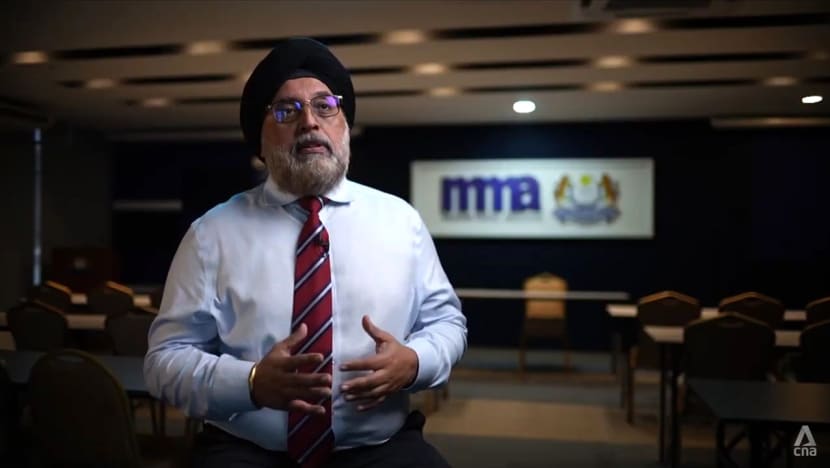
A survey done last year by the association found that only 5 per cent of Malaysia’s public healthcare facilities had adequate manpower.
Sharifa Ezat Wan Puteh, a professor in the National University of Malaysia’s Faculty of Medicine, called it a “crisis”. She said: “The public system is basically overburdened.”
The programme Insight looks at what is behind the doctor shortage and what can be done to address the country’s increasing healthcare burden.
HOW ACUTE THE SHORTAGE IS
To be clear, Malaysia’s doctor-to-population ratio remains consistent with an upper-middle-income country. At nearly 2.5 doctors per 1,000 people, it is the second highest in Southeast Asia, after Singapore (2.9). But that does not tell the full story.
WATCH: 84-hour working week, low pay — Why Malaysia’s doctors are leaving (45:12)
Most of the doctors are concentrated in urban centres. So wealthier states, such as Johor, Penang and the Federal Territories, have “so-called sufficient doctors”, said Sharifa Ezat.
There is a “huge discrepancy”, meanwhile, in the ratio in states such as Sabah, Sarawak, Pahang and Kelantan, she cited.
The shortage of specialists in public hospitals is especially acute. According to the Academy of Medicine of Malaysia, the specialist-to-population ratio is 4 to 10,000, whereas the Organisation for Economic Co-operation and Development average was 14.3 to 10,000 in 2018.
Around 15 per cent of doctors in Malaysia’s public sector are specialists, which Singh said was low.
For example, there are only 14 cardiothoracic surgeons in public hospitals nationwide. They treat diseases affecting organs within the chest, mainly the heart and lungs.
“There’s a long waiting list for treatment of heart diseases in many public hospitals. But the urgent cases are prioritised,” said consultant cardiothoracic surgeon John Chan, who is in private practice at Cardiac Vascular Sentral (Kuala Lumpur).
“In that way, I think this situation is minimised. But of course, there’ll be patients who don’t make it while waiting for heart surgery.”
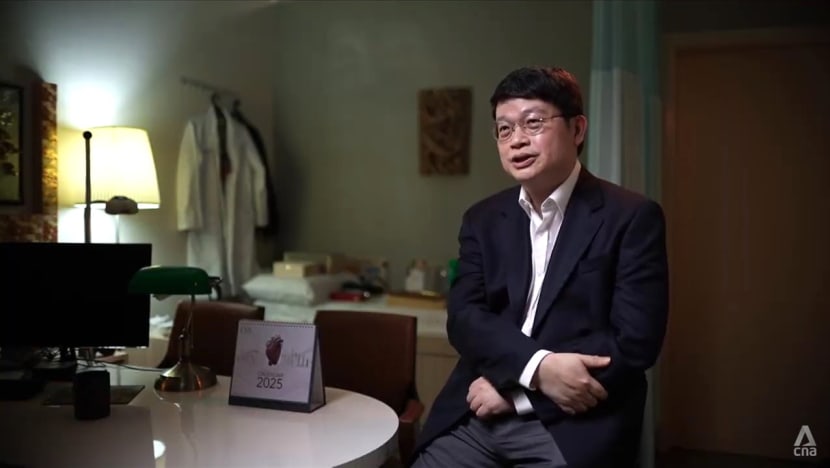
There is also a shortage in oncology. There are about 180 oncologists in both public and private hospitals, while about 50,000 new cancer cases are diagnosed annually — an average of 278 new cases per oncologist every year.
“Because (patients’) results come back late, or they’re not able to see the doctor (early), the disease has progressed to a later stage,” observed Sharifa Ezat.
The shortage issue is compounded by an increase in non-communicable diseases in Malaysia. Besides cancer, there is diabetes, which affects about one in five Malaysians. That is one of the highest rates in Asia and West Pacific.
And with most patients preferring public hospitals and clinics — where outpatient consultation and specialist fees are as cheap as RM1 (US$0.24) and RM5 per visit, respectively — over private hospitals, the increase in patient visits has been staggering.
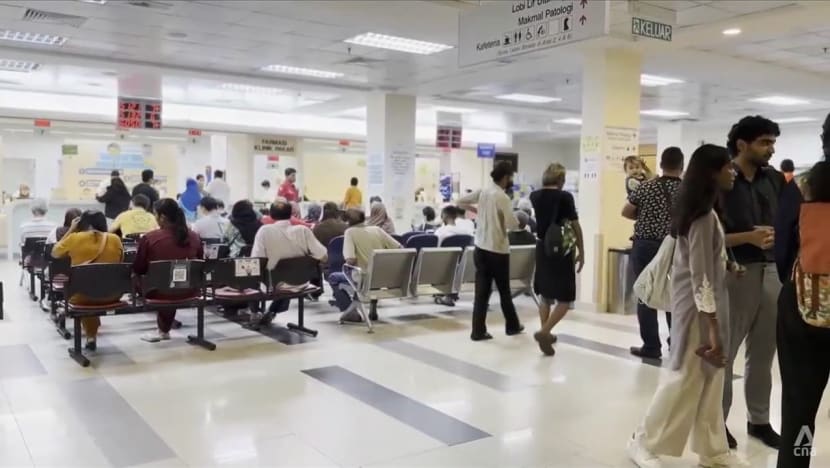
In 2023, admissions and outpatient attendances at government facilities topped 81 million visits, up from about 17 million in 2008.
Patients are also finding a shortage in nurses. There are 14,000 nursing vacancies in Malaysia’s public healthcare sector as at June. The shortfall in the nursing workforce could reach nearly 60 per cent by 2030, the health ministry has said.
MULTIFACETED REASONS
There was a time when Malaysia had a surplus of medical professionals, when there were not enough posts available for the doctors it was producing.
Then the government under former Prime Minister Najib Razak announced a five-year moratorium on new medical programmes from 2011, to regulate the number of graduates. It was extended for another five years in 2016.
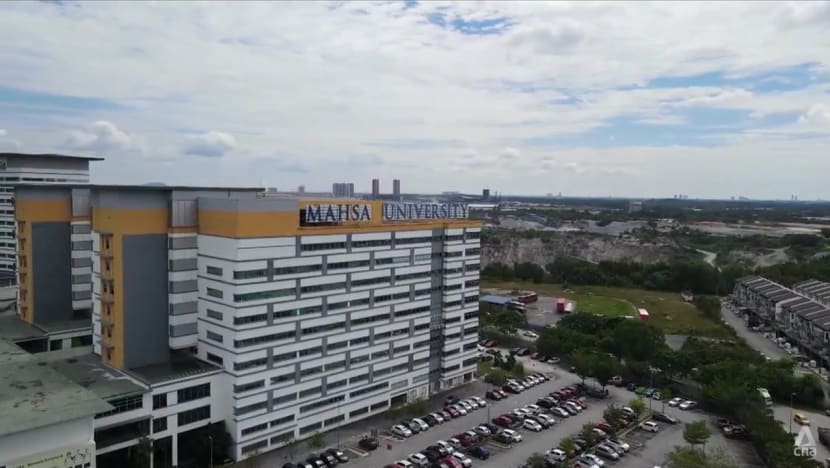
Medical schools at public universities were also not allowed to increase their intake of students. The quota was set at 1,550 students annually.
The effect of the moratorium was seen after 2017. The number of local medical graduates from both public and private universities declined from about 3,900 in 2017 to 2,670 in 2021 — a 32 per cent drop.
This was also partly caused by a change in job security for doctors from 2016. To absorb the oversupply, hospitals began hiring doctors on contract, instead of offering them a permanent position.
“(In) the beginning, contract doctors weren’t allowed to go (on) to specialise,” said independent health advocate Sean Thum. “This capped their professional growth.”
Take, for example, *Muhammad, who graduated from a local university in 2016. After completing his housemanship, he continued working on contract as a government doctor.

“We suddenly felt that there was a lack of future for us,” he said. “They could terminate us (at any time).”
He also lamented the lack of career progression. “When you become a house officer, you’re grade 41. Then after three years, they offer us grade 43. But we’ll be stuck in it until our contract ends,” he said.
“You want to be this specialist. You want to be a surgeon. You want to be a psychiatrist or physician. … Because we’re (on) contract, we’re unable to achieve that dream. So I think it’s very much unfair.”
Whether on contract or permanently employed, doctors in Malaysia also work long hours, as many as 84 hours a week, according to the Malaysian Medical Association.
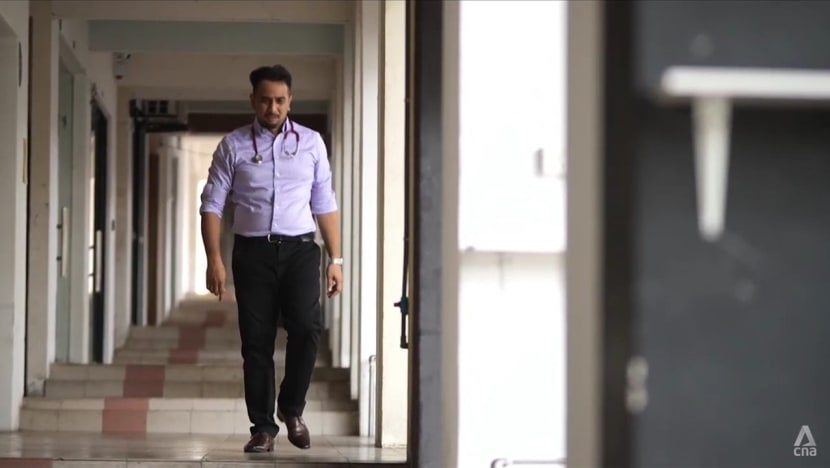
“Because of a lack of doctors nowadays … we have to work (on call) up to 33 hours (at a) stretch,” cited Muhammad, who does this “about eight to 10 times per month”.
Then there is the issue of pay. For a grade 43 doctor like Muhammad, the monthly salary ranged from RM3,611 to RM10,560 as at last year.
Weighing the cost of medical school, which could be about RM500,000, against a monthly salary of RM5,000, he questioned how long it would take to repay one’s student loans.
“Maybe that’s why even parents nowadays are no longer … very proud if their kids are doctors,” he said.
For all these reasons, some observers believe the medical profession in Malaysia no longer has the same prestige it once had.
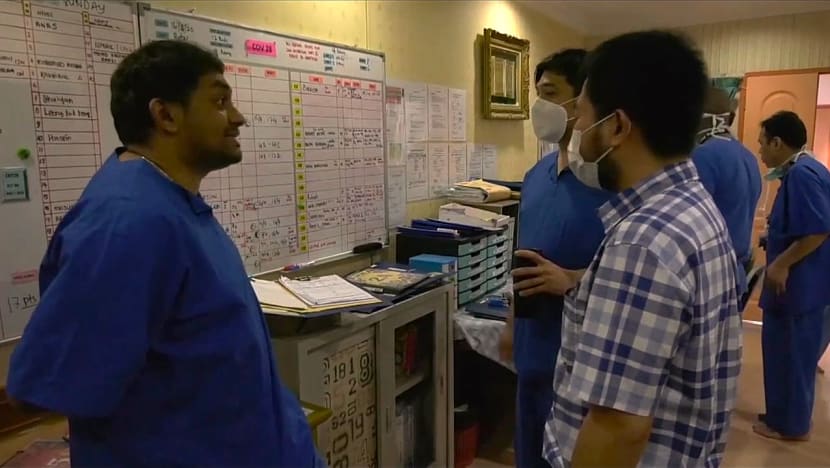
“Maybe because … parents or students saw that all these issues are going on in the medical profession, the intake to medical colleges dropped,” said Singh.
MEDICAL BRAIN DRAIN
Even those who have graduated may not stay in the job. A study published last year in the journal Human Resources for Health suggested that only 63.1 per cent of housemen planned to continue their careers with the health ministry.
In 2022 alone, almost 1,700 medical officers quit the public service, with 54 per cent leaving for the private sector.
Between 2019 and 2023, more than 6,400 permanent and contract medical officers resigned, which works out at more than three doctors quitting daily. Nearly 1,050 specialists left government service during the same period.
Some who quit ventured overseas. “We do have a … brain drain,” said Sharifa Ezat.
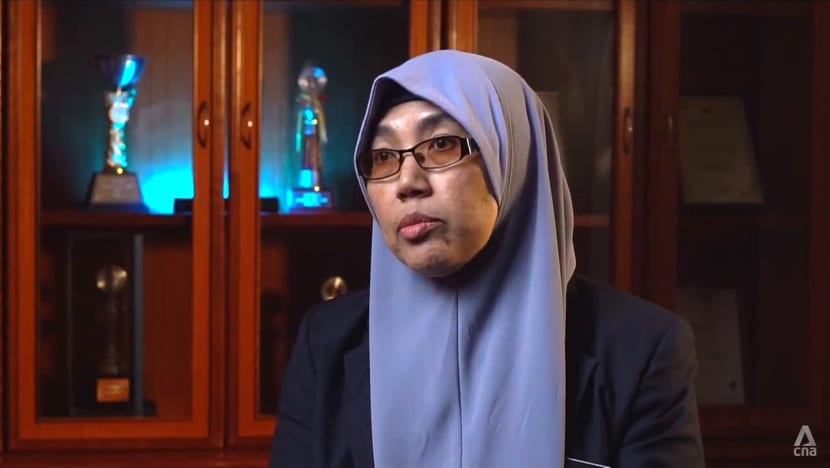
According to the Malaysian Medical Association, over 5,000 Malaysian doctors have left the country in the past decade. “They just resign because they’ve got options, especially if their degrees are recognised,” said Singh. “Or some only even sit for exams.”
In countries such as Australia, Singapore and the United Kingdom, junior doctors earn two to three times more than their Malaysian counterparts. For senior doctors, the average monthly salary could be quadruple or more in these overseas markets
The disparity is even wider for specialists and consultants. “Compared to other countries, even compared to our neighbour Singapore, it’s a pittance,” said Singh.
It’s a very sensitive issue when we say it — it’s just US$9 plus an hour.”
Muhammad, too, has considered packing his bags for overseas pastures. “I see my friends who’ve migrated: They seem so happy overseas. They have a proper work-life balance,” he said.
“But I have to think about my family as well as the people here. Because I was given a scholarship by the government to pursue my studies, … it’s still my responsibility to serve the people.”
Since December, there has been a 15 per cent salary increase for civil servants including doctors.
The government is also working to attract the Malaysian diaspora back to the country. National agency TalentCorp manages a scheme called the Returning Expert Programme, whereby skilled Malaysians are encouraged to return through tax incentives and exemptions.
Consultant physician, respiratory medicine and interventional pulmonologist Syed Ajmal Syed Ali, for example, returned home last year after an eight-year stint in the UK. He had received an offer from Sunway Medical Centre, a private hospital in Selangor.
“Sunway made it easy; TalentCorp made it very easy,” he said. “It was always my intention to come back and work here, … so this sort of opened up the window of opportunity for me.”
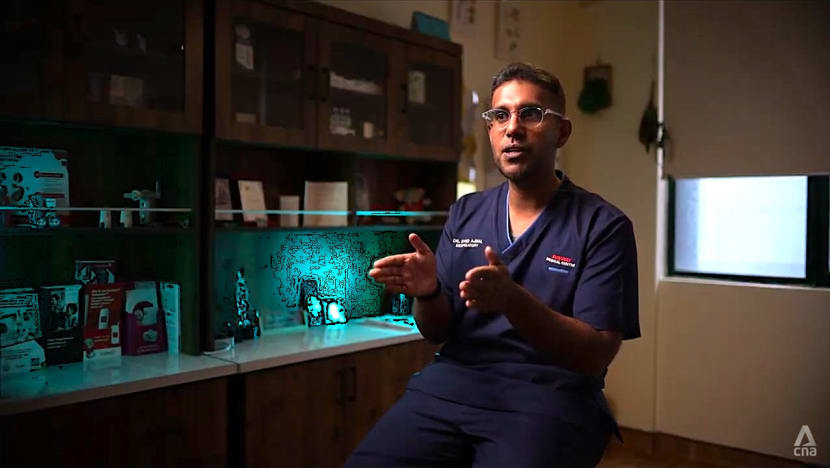
The country will need more people like him. Only about 8 per cent of the returnees are in healthcare.
“It’s not easy to come back once you set up roots, with family and all that, in other countries,” observed Singh. “Not many come back.”
EFFORTS UNDERWAY — ARE THEY ENOUGH?
The demand for medical care, meanwhile, is expected to rise as Malaysia’s population ages, which will put more pressure on the healthcare system.
Today, 8 per cent of the population are aged 65 and over. This figure could rise to 14.5 per cent by 2040.
Even as this is “a threat that the government has to address”, said Thum, the healthcare burden has already increased. Last year’s National Health and Morbidity Survey found that 53.6 per cent of Malaysian adults were either overweight or obese.
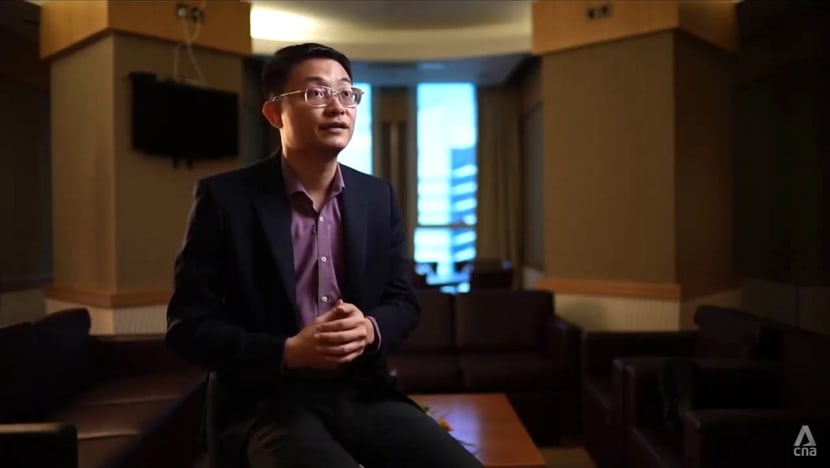
The same survey in 2023 found that 29.2 per cent of adults suffered from hypertension. So one of the fixes for the country’s doctor shortage will have to entail improving the health of Malaysians.
“If you take good care at the primary care level, and there are no complications of these diseases, … mainly diabetes and hypertension, then you may not need so much of hospitalisation and specialist care,” said Singh.
Another solution lies in improving the lot of public doctors, which for Thum would include their remuneration, welfare and deployment.
On its part, the government is absorbing nearly 13,000 contract workers into permanent positions over a three-year period ending this year. But there were nearly 33,000 contract doctors as at last year. And some doctors have missed out.
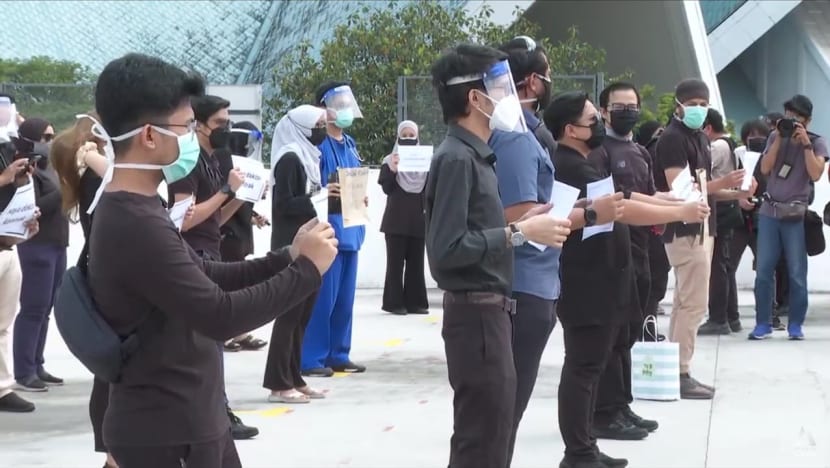
“What’s the requirement for someone to be offered a permanent post?” questioned Mohammad, who received his offer in 2022. “Many of my friends, after seven years … had to leave the system. They weren’t being offered any more new contracts.”
The conversion of contracts into permanent positions can be done better, agreed Singh. “It should be very transparent, it should be by cohorts, and it should be done earlier.”
To address the shortage of specialists, Malaysia’s parliament passed the Medical (Amendment) Bill 2024 to allow another training route besides master’s degree programmes offered by local universities.
The health ministry now conducts specialised training, which Singh said overcomes the “finite” number of specialists that university hospitals can train.
As for the issue of salaries, the question remains: Where does the money come from?
“If the government is able to increase the pay for … doctors or the nurses, that’d be wonderful,” said Sharifa Ezat. “But of course, the other civil servants would want that as well: the teachers, the police and so forth.”
One health financing proposal, made in the ministry’s Health White Paper in 2023, was to increase fees for those with means, while maintaining low prices for lower-income patients. The issue is an ongoing one, amid concerns over fairness.
Another solution is to allow doctors in public hospitals to supplement their income through private practice. Specialists at the government-funded University of Malaya (UM) Medical Centre, for example, can also practise at the private UM Specialist Centre.
About 300 doctors are doing so, according to UM Specialist Centre chief executive officer Norzaiton Senusi. “Whatever private practices that they’re earning from us is entirely their salary,” she said. “The sky is the limit in terms of … their income.”
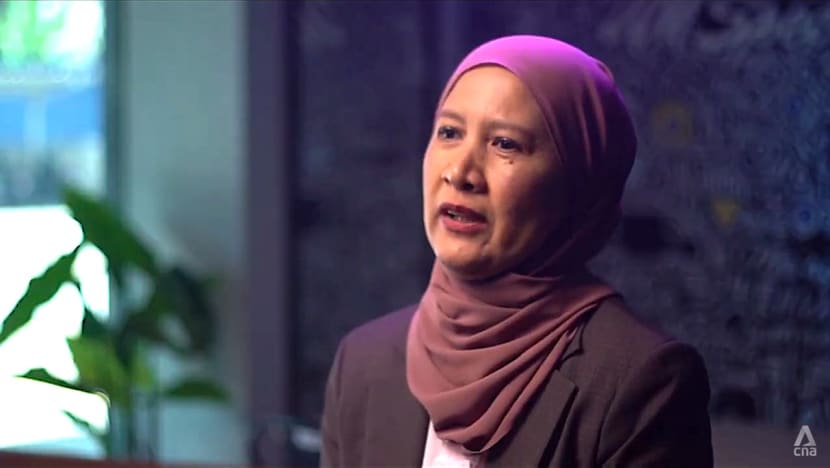
But for those who do not wish to juggle public and private duties, there will need to be other solutions. Even an increase in on-call allowances, announced last year in Budget 2025, has yet to materialise.
Such an increase, along with “improving the work-life balance (and) maybe giving more perks”, would help doctors to stay in the government sector, said Muhammad.
“It isn’t something that’s too much to ask for,” he added, “because … they’re taking care of life, a lot of responsibilities.”
Watch this episode of Insight here. The programme airs on Thursdays at 9pm.



















